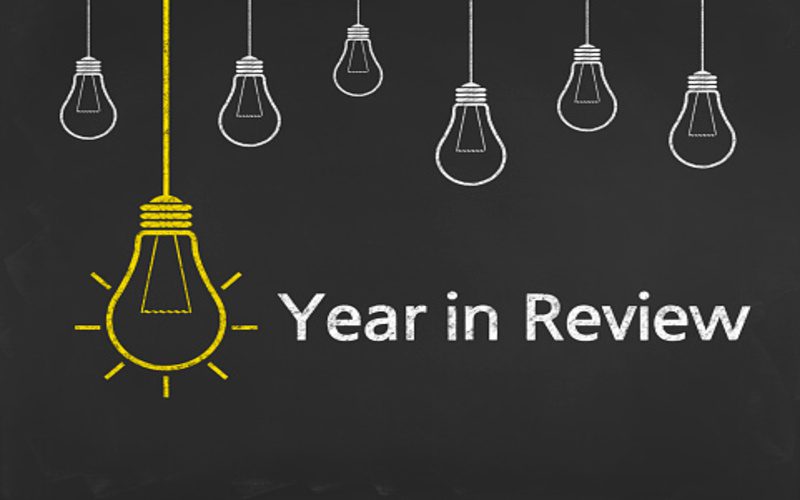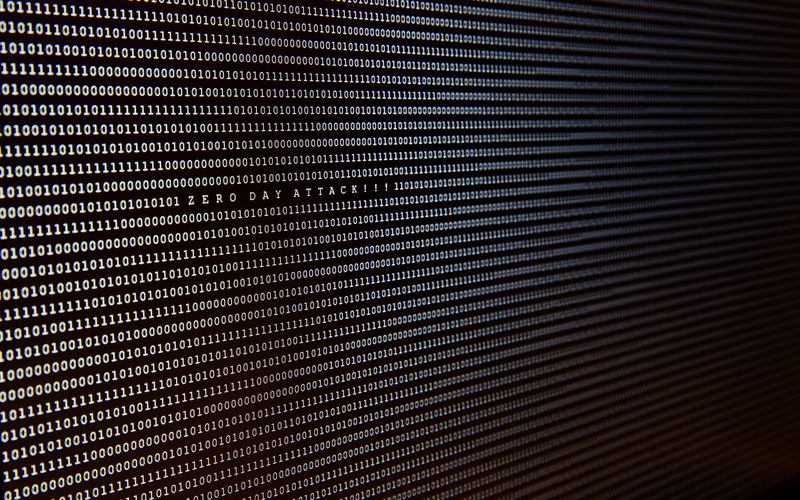In today’s hyperconnected digital landscape, business continuity is non-negotiable. From conglomerates to small enterprises, every organization requires a robust disaster recovery strategy to navigate unforeseen challenges, like natural disasters and security breaches, while maintaining uninterrupted operations.
That’s why businesses need Disaster Recovery-as-a-service (DRaaS) to back up their mission-critical data and emerge unscathed should a disaster occur. In this blog, we’ll provide comprehensive insights into DRaaS, its significance, benefits and implementation.
What is Disaster Recovery-as-a-Service (DRaaS)?
DRaaS is a cloud computing model that simplifies disaster recovery for organizations. It enables them to securely back up their data and IT systems in a third-party cloud environment. In this as-a-service model, organizations don’t need to own and manage all the resources for disaster recovery themselves; instead, the third-party service provider takes care of all disaster recovery coordination. In essence, DRaaS is a Software-as-a-Service (SaaS) solution that ensures quick access and functionality restoration for IT infrastructure for an organization in the event of a disaster.
Many types of disaster recovery solutions are available in the market, such as Backup-as-a-Service (BaaS), disaster recovery and Disaster Recovery-as-a-Service, and users often confuse them with each other. That’s why understanding the difference between these recovery solutions before implementing one for your business is critical.
What is the difference between DR and DRaaS?
While DR and DRaaS have the same end goal, they differ in ownership, deployment, management, cost, scalability and testing. In DR, organizations own and manage their disaster recovery infrastructure, which typically involves substantial upfront and ongoing costs. On the other hand, DRaaS relies on third-party cloud resources and follows a subscription-based model with predictable expenses.
Moreover, DR requires in-house expertise for setup and maintenance, while third-party DRaaS providers handle much of the management. DRaaS also facilitates automated testing and maintenance, simplifying verification of recovery readiness.
What is the difference between BaaS and DRaaS?
BaaS is a fully managed enterprise cloud backup service that primarily focuses on safeguarding critical data, offering scheduled backups and facilitating recovery of individual files or data points in the event of full or partial data loss. It is designed for cost-efficient, long-term and off-site data retention, and is ideal for businesses looking to protect specific data without extensive system recovery needs.
In contrast, DRaaS encompasses comprehensive system recovery, including applications, infrastructure and data. It focuses on rapidly restoring entire IT systems and services, ensuring seamless business continuity after disasters or significant outages.
How does DRaaS work?
Instead of using the organization’s physical location that owns the workload, DRaaS replicates and hosts servers in a third-party vendor’s facilities. Once a disaster strikes and shuts down a customer’s site, the DR plan seamlessly activates within the vendor’s facilities, ensuring minimal downtime and data loss.
A DRaaS provider also continuously monitors the health of an organization’s primary and secondary environments to identify and address any discrepancies or potential issues promptly. DRaaS is also cost-efficient for organizations, with payment options ranging from traditional subscriptions to a pay-as-you-go model.
Now that you know how DRaaS works, and if you’re looking to implement it, you should look at options that suit your business requirements.
What are the different types of DRaaS?
DRaaS primarily comes in three varieties. Each type of DRaaS provides unique advantages, catering to organizations with varying levels of technical expertise and control preferences. Let’s drill into these options, what they offer and points to consider with each approach.
Self-service DRaaS
Self-service DRaaS is for tech-savvy organizations with in-house IT expertise that want complete control over their disaster recovery strategy. While it is the most cost-efficient and flexible option, you are entirely on your own when planning, testing and managing your disaster recovery strategies.
Assisted DRaaS
Assisted DRaaS is for organizations that want to strike a balance between user control and provider support. In this model, organizations share some disaster recovery responsibilities. Assisted DRaaS providers offer expertise in designing, planning and implementing disaster recovery strategies, helping organizations make informed decisions.
Managed DRaaS
Managed DRaaS is a fully outsourced solution where the service provider assumes end-to-end responsibility for the disaster recovery process, from planning and testing to executing the recovery plan and ongoing maintenance. It is an excellent choice for organizations that do not possess in-house IT expertise or prefer a hassle-free, turnkey solution.
What are the benefits of DRaaS?
A quality DRaaS solution brings many advantages and benefits to an organization’s data resilience. Here are a few ways in which organizations benefit most:
- Faster recovery: One of the most significant advantages of DRaaS is its ability to minimize downtime once a disaster strikes. With automated failover processes and third-party vendor facilities in place, DRaaS providers allow businesses to switch to a backup environment swiftly, keeping critical systems and applications running without disruption.
- Cost efficiency: DRaaS eliminates the need for upfront capital expenses for infrastructure and applications. It operates on a subscription-based or pay-as-you-go model, making it a cost-effective solution for businesses of all sizes.
- Resource optimization: DRaaS leverages cloud-based resource efficiency to reduce operational overhead and automate resource management, streamlining disaster recovery processes. Organizations leveraging DRaaS can optimize resource allocation, cut costs and focus on core business functions.
- Scalability: DRaaS solutions adapt to an organization’s specific needs, whether to protect a single application or the entire IT infrastructure, ensuring optimal flexibility and scalability.
- Streamlined compliance: DRaaS centralizes disaster recovery planning and execution, which helps streamline compliance. It also simplifies compliance reporting through automated documentation and audit trails.
- Enhanced security: DRaaS providers often employ robust encryption and security protocols to safeguard an organization’s data during backup and recovery processes, reducing the risk of data breaches.
Is DRaaS suitable for your organization?
While DRaaS is a versatile solution suitable for any organization committed to maintaining business continuity and data resilience, it is especially beneficial for smaller businesses with limited IT resources. It allows small businesses to get cost-effective and hassle-free disaster recovery solutions and ensure business continuity.
However, selecting the right DRaaS provider is crucial for organizations since offerings and costs vary. That’s why choosing the solution that best fits your business requirements is essential.
Key considerations when choosing a DRaaS solution
Every organization should assess its recovery objectives and align them with the capabilities of the DRaaS solution. Here are some of the factors that will help you make an informed decision when choosing the right DRaaS solution for your organization:
- Service level agreements (SLAs): You should scrutinize the SLAs to understand recovery time objectives (RTOs) and recovery point objectives (RPOs) offered by the provider. For instance, you should contemplate what happens to recovery times when the same natural disaster impacts both you and the DRaaS provider. You should also verify whether the provider can meet the recovery-time requirements of your critical applications.
- Responsibility and reliability: Before investing in the DRaaS solution, you should clearly understand the responsibilities between your organization and the DRaaS provider. Also, verify that the provider’s track record and reputation for reliability meet your organization’s expectations.
- Recovery testing: Recovery testing is a critical aspect of DRaaS, which involves regularly simulating disaster scenarios to evaluate the effectiveness of the recovery plan. By conducting recovery testing, organizations can identify potential weaknesses, refine their strategies and ensure that data and systems can be restored within acceptable timeframes. Assessing the DRaaS provider’s support for recovery testing is essential to ensure they deliver on their promises when disaster strikes.
- Recovery capacity: Determine the provider’s capability to handle your organization’s data and system recovery needs, especially if your infrastructure is extensive. Also, ensure scalability to accommodate your future growth.
- License structure and costs: Note the provider’s pricing model. Check whether it is subscription-based, pay-as-you-go or another structure, and evaluate whether it aligns with your budget and needs. Be aware of any hidden or additional costs.
Get DRaaS with IT Complete by Kaseya
Kaseya’s IT Complete offers DRaaS, which is integrated directly into our endpoint management solution, VSA, allowing you to streamline your disaster recovery strategy through a centralized console. With Kaseya’s DRaaS, you get round-the-clock uptime and the world’s best backup, ransomware protection, cloud-based storage and business continuity and disaster recovery (BCDR) services at minimal service delivery costs.
Here are some features of Kaseya’s DRaaS:
- Instant recovery
- Automated disaster recovery testing and RPO/RTO reports
- SLA Policy Automation
- Near continuous data protection
- Intuitive, centralized user interface
- Automatic ransomware protection
- Immutable cloud
- 24/7/365 support
- And many more
Learn more about DRaaS with IT Complete’s Unified Backup suite.





